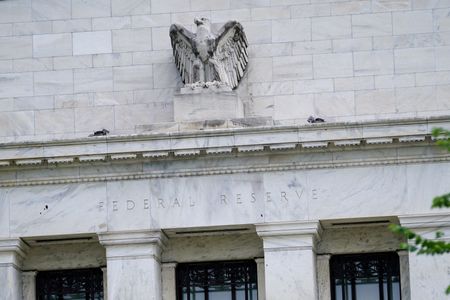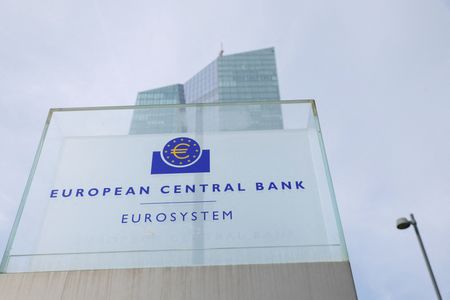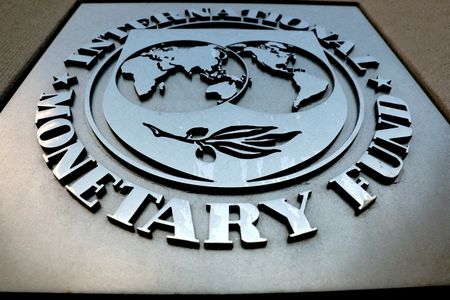BERLIN (Reuters) – German consumer sentiment is expected to stay on its path of slow recovery in April, helped by fewer households seeing the need to save even as uncertainty about Germany’s economic development still abounds, a survey showed on Tuesday.
The consumer sentiment index published jointly by GfK and the Nuremberg Institute for Market Decisions (NIM) rose slightly heading into April, to -27.4 from a revised -28.8 in March, beating a forecast by analysts polled by Reuters of -27.8.
A five-point fall in propensity to save, to 12.4, helped boost overall sentiment, said Buerkl, but the sub-indicator is still relatively high: In the same period last year, it was 1.3.
“The recovery in consumer sentiment is progressing slowly and very sluggishly,” said Rolf Buerkl, NIM consumer expert.
“Real income growth and a stable labour market are in themselves very good prerequisites for a rapid recovery in the consumer economy, but consumers still lack planning security and optimism about the future,” added Buerkl in a statement.
A further decline in inflation and a clear political strategy for Germany’s future development are the only way consumers can regain planning security and contribute to the recovery of Europe’s largest economy, said the institutes.
APR 2024 MAR 2024 APR 2023
Consumer climate -27.4 -28.8 -29.3
Consumer climate components MAR 2024 FEB 2024 MAR 2023
– willingness to buy -15.3 -15.0 -17.0
– income expectations -1.5 -4.8 -24.3
– business cycle expectations -3.1 -6.4 3.7
NOTE – The survey period was from Feb. 29 to March 11, 2024.
The consumer climate indicator forecasts the progress of real private consumption in the following month.
An indicator reading above zero signals year-on-year growth in private consumption. A value below zero indicates a drop compared with the same period a year earlier.
According to GfK, a one-point change in the indicator corresponds to a year-on-year change of 0.1% in private consumption.
The “willingness to buy” indicator represents the balance between positive and negative responses to the question: “Do you think now is a good time to buy major items?”
The income expectations sub-index reflects expectations about the development of household finances in the coming 12 months.
The additional business cycle expectations index reflects respondents’ assessment of the general economic situation over the next 12 months.
(Reporting by Miranda Murray, Editing by Rachel More)











